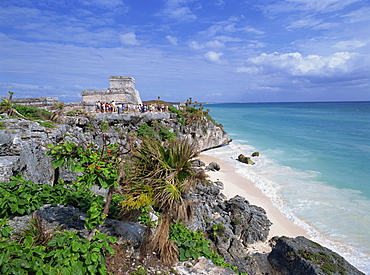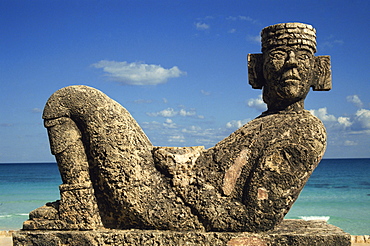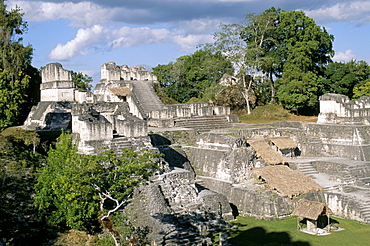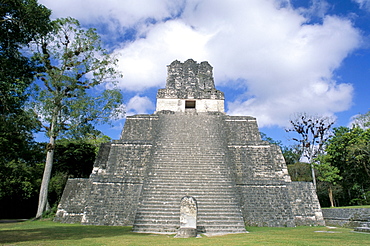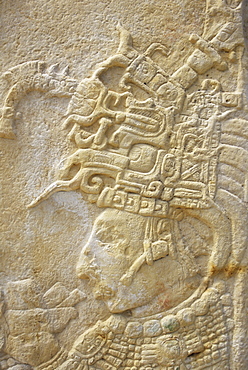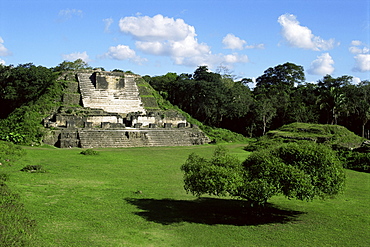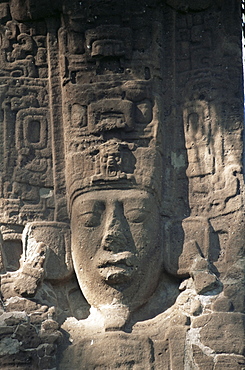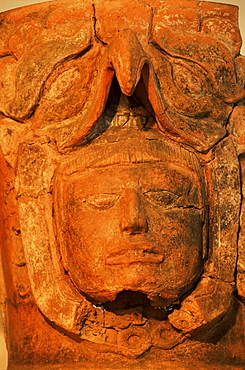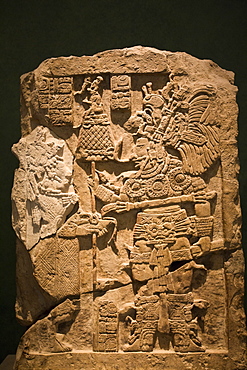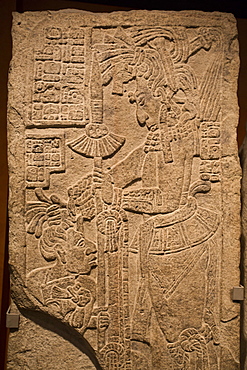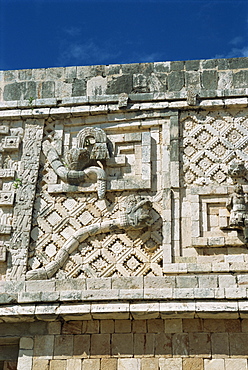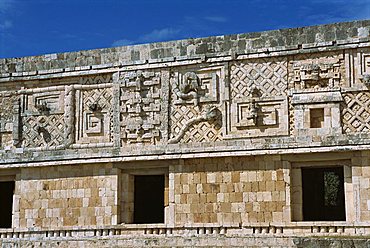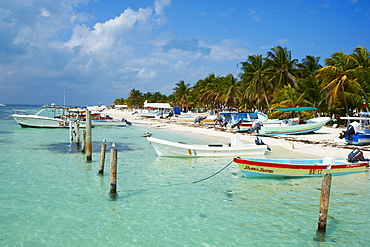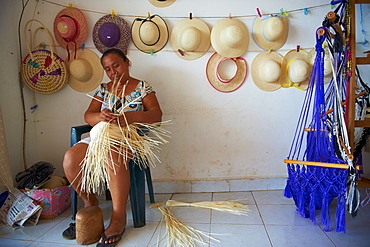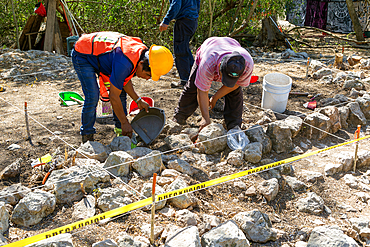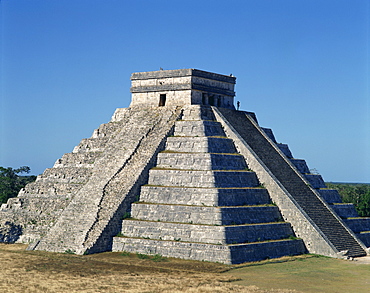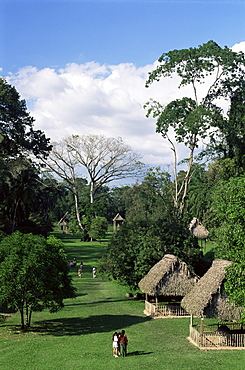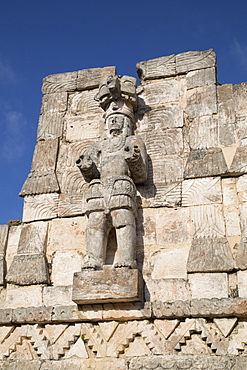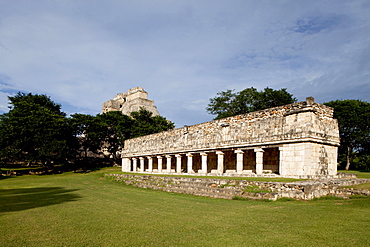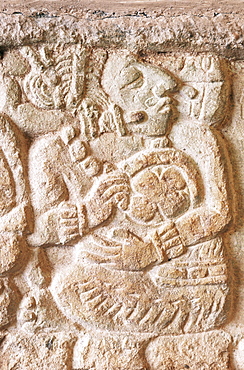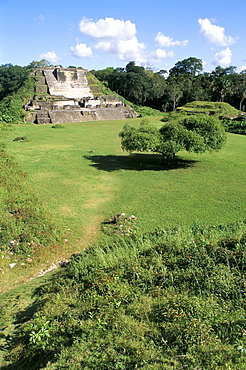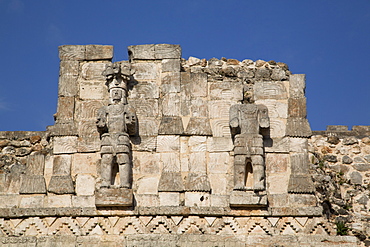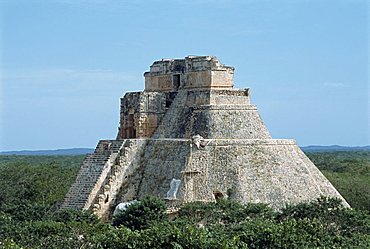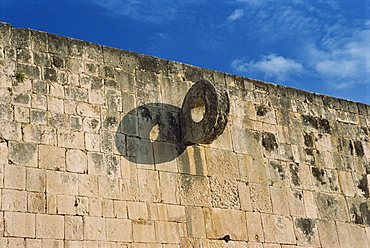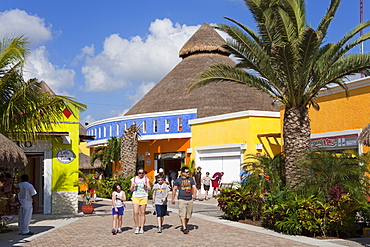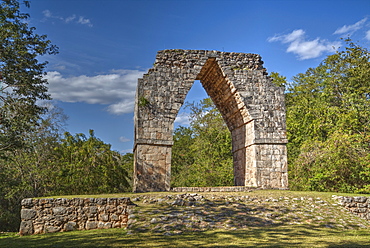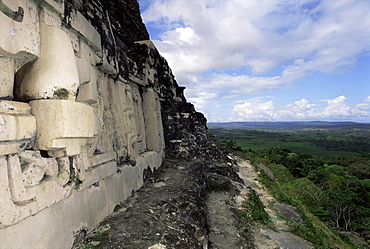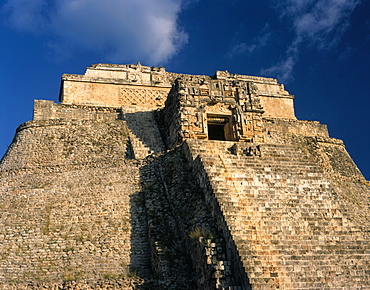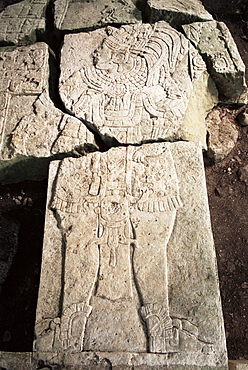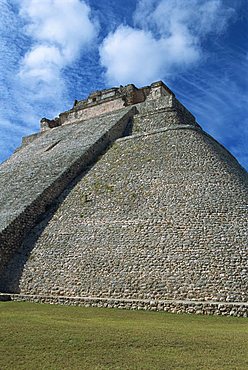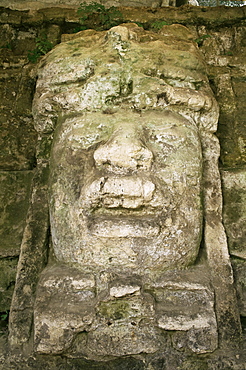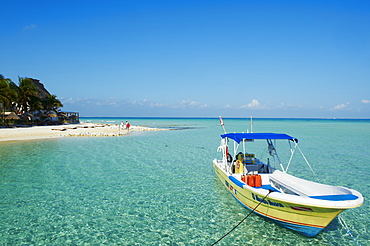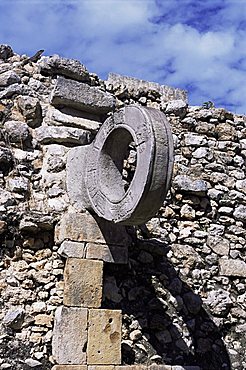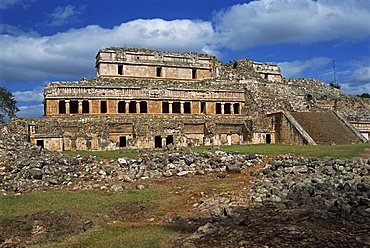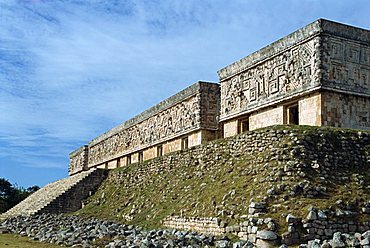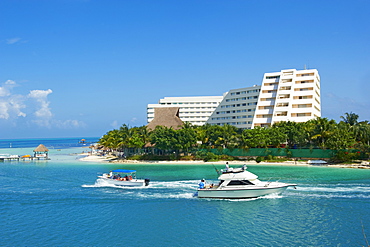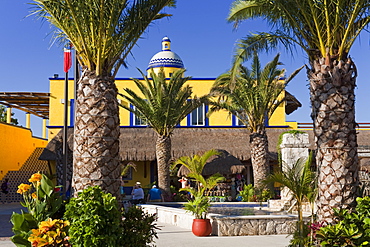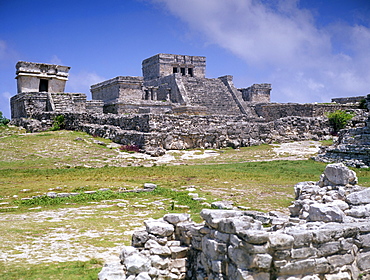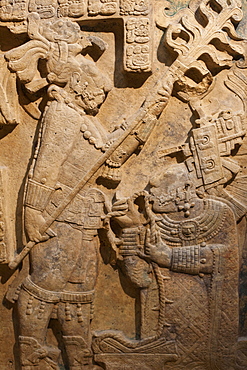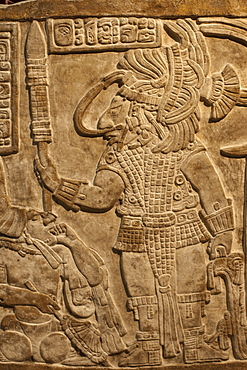Results
« Previous 1 2 3 4
388 results found
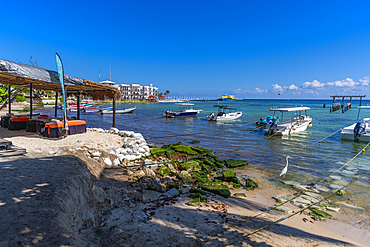
View of small boats in harbour, Playa del Carmen, Caribbean Coast, Yucatan Peninsula, Riviera Maya, Mexico, North America

Elevated view of beach and sea at Puerto Morelos, Caribbean Coast, Yucatan Peninsula, Riviera Maya, Mexico, North America
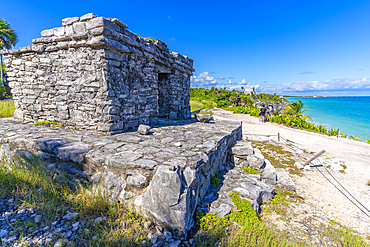
View of Mayan Temple ruins overlooking the sea, Tulum, Quintana Roo, Caribbean Coast, Yucatan Peninsula, Riviera Maya, Mexico, North America

View of hotel and sea near Puerto Morelos, Quintana Roo, Caribbean Coast, Yucatan Peninsula, Riviera Maya, Mexico, North America
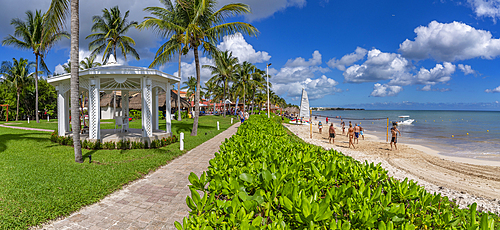
View of hotel and beach near Puerto Morelos, Quintana Roo, Caribbean Coast, Yucatan Peninsula, Riviera Maya, Mexico, North America
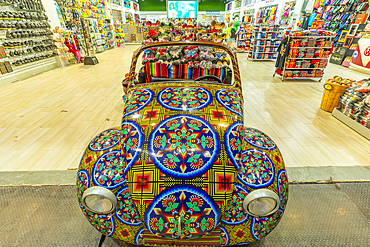
View of souvenir VW Beetle, Playa del Carmen, Quintana Roo, Caribbean Coast, Yucatan Peninsula, Riviera Maya, Mexico, North America
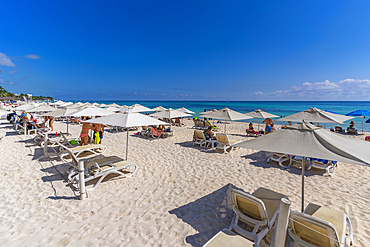
View of beach and sea, Playa del Carmen, Caribbean Coast, Yucatan Peninsula, Riviera Maya, Mexico, North America
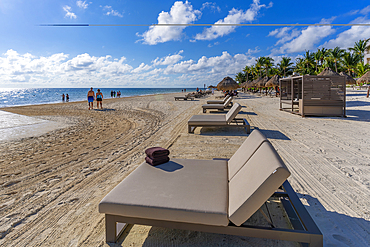
View of sun loungers on beach at Puerto Morelos, Caribbean Coast, Yucatan Peninsula, Riviera Maya, Mexico, North America
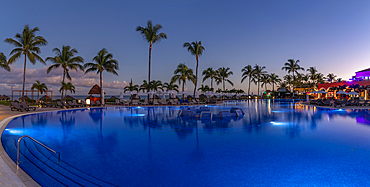
View of hotel pool and sea at dusk near Puerto Morelos, Quintana Roo, Caribbean Coast, Yucatan Peninsula, Riviera Maya, Mexico, North America
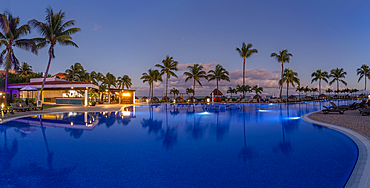
View of hotel pool and sea at dusk near Puerto Morelos, Quintana Roo, Caribbean Coast, Yucatan Peninsula, Riviera Maya, Mexico, North America
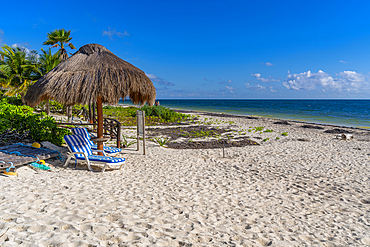
View of sun loungers and palm trees on beach at Puerto Morelos, Caribbean Coast, Yucatan Peninsula, Riviera Maya, Mexico, North America

View of hotel and beach near Puerto Morelos, Quintana Roo, Caribbean Coast, Yucatan Peninsula, Riviera Maya, Mexico, North America
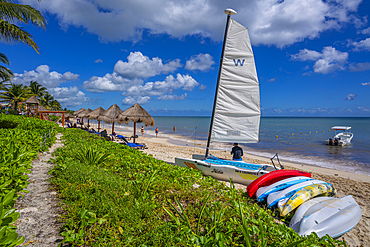
View of boats and sea near Puerto Morelos, Quintana Roo, Caribbean Coast, Yucatan Peninsula, Riviera Maya, Mexico, North America
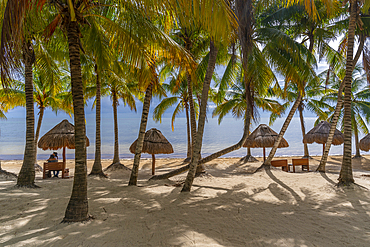
View of palm trees and Playa Delfines, Cancun, Caribbean Coast, Yucatan Peninsula, Riviera Maya, Mexico, North America
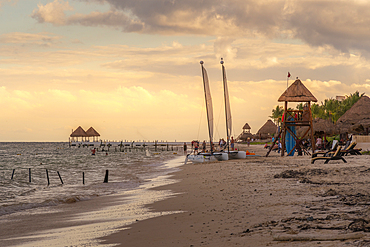
View of beach at sunset near Puerto Morelos, Quintana Roo, Caribbean Coast, Yucatan Peninsula, Riviera Maya, Mexico, North America
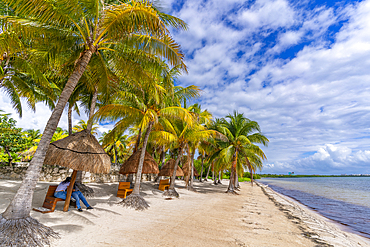
View of palm trees and Playa Delfines, Cancun, Caribbean Coast, Yucatan Peninsula, Riviera Maya, Mexico, North America
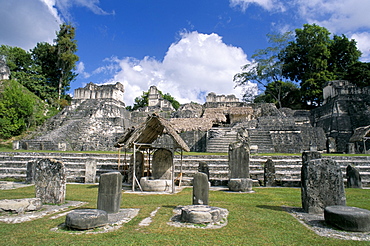
Stelae in foreground, North Acropolis, Tikal, UNESCO World Heritage Site, Guatemala, Central America
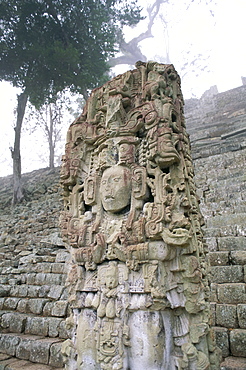
Stela N and Temple of Inscriptions, Mayan site, Copan, UNESCO World Heritage Site, Honduras, Central America
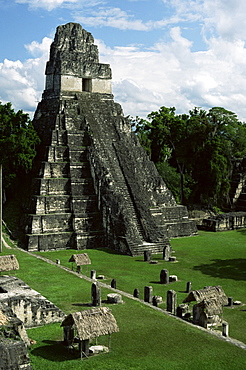
Temple of the Great Jaguar in the Grand Plaza, Mayan ruins, Tikal, UNESCO World Heritage Site, Peten, Guatemala, Central America
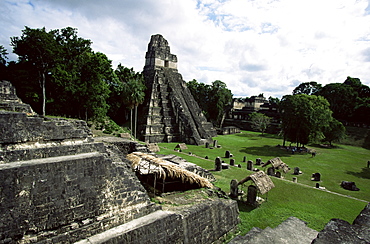
Temple of the Great Jaguar in the Grand Plaza, Mayan ruins, Tikal, UNESCO World Heritage Site, Peten, Guatemala, Central America
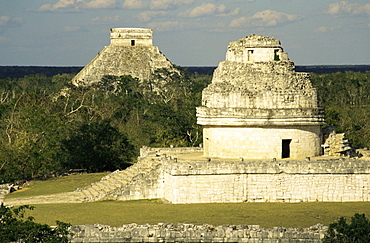
Mayan observatory (El Caracol) and the Great Pyramid (El Castillo) beyond, Chichen Itza, UNESCO World Heritage Site, Yucatan, Mexico, North America
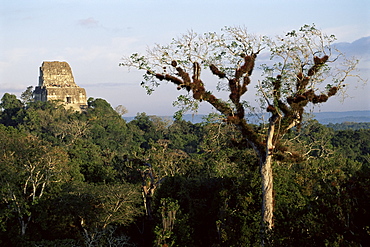
Cedar tree with bromeliades, Temple 4 beyond, Tikal, UNESCO World Heritage Site, Guatemala, Central America
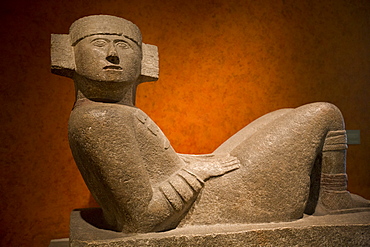
Maya Chac-Mool from Chichen Itza, National Museum of Anthropology, Mexico City, Mexico, North America
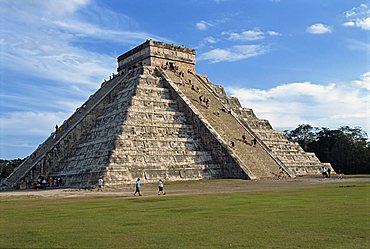
El Castillo, pyramid dedicated to the god Kukulcan, Chichen Itza, UNESCO World Heritage Site, Yucatan, Mexico, North America
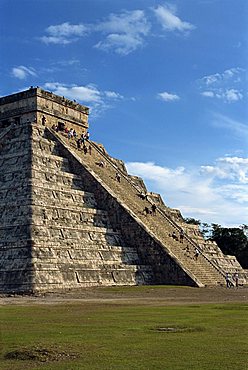
El Castillo, pyramid dedicated to the god Kukulcan, Chichen Itza, UNESCO World Heritage Site, Yucatan, Mexico, North America
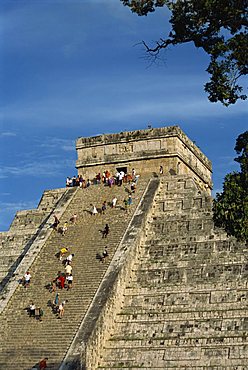
Tourists climbing El Castillo, pyramid dedicated to the god Kukulcan, Chichen Itza, UNESCO World Heritage Site, Yucatan, Mexico, North America
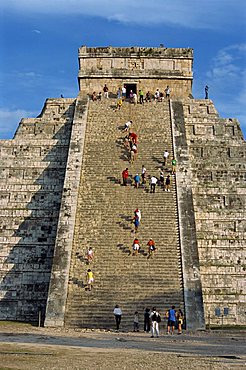
Tourists climbing El Castillo, pyramid dedicated to the god Kukulcan, Chichen Itza, UNESCO World Heritage Site, Yucatan, Mexico, North America

Stone carving of Pacal the Great, Palenque ruler from 615 AD to 683 AD, Palace, Palenque Archaeological Zone, UNESCO World Heritage Site, Chiapas, Mexico, North America
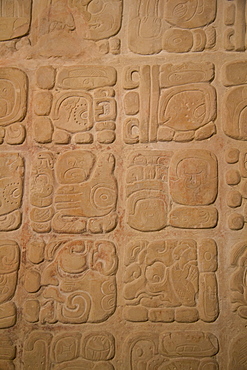
Palace tablet with hieroglyphs, Archaeological Museum of Palenque, Palenque Archaeological Zone, Chiapas, Mexico, North America

Mask of the Red Queen from the tomb found in Temple XIII, Archaeological Museum of Palenque, Palenque Archaeological Zone, Chiapas, Mexico, North America

Stucco motif of Pakal the Great, king of Palenque, Archaeological Museum of Palenque, Palenque Archaeological Zone, Chiapas, Mexico, North America
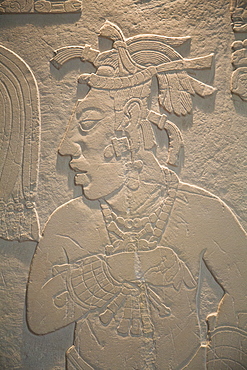
Stucco motif of a slave, Archaeological Museum of Palenque, Palenque Archaeological Zone, Chiapas, Mexico, North America
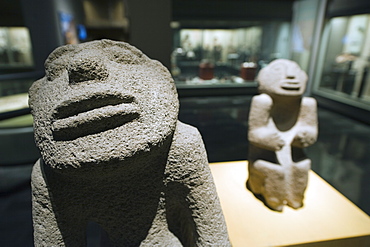
Mayan artefacts, Museo Nacional de Antropologia (Anthropology Museum), District Federal, Mexico City, Mexico, North America
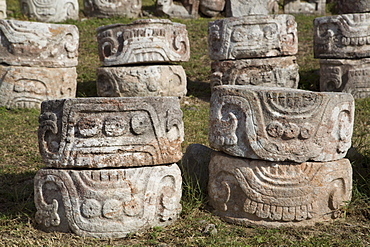
Stone Glyphs in front of the Palace of Masks, Kabah Archaeological Site, Yucatan, Mexico, North America
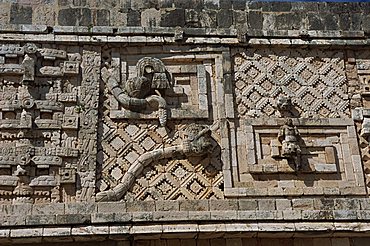
Nunnery Quadrangle at the Mayan site of Uxmal, UNESCO World Heritage Site, Uxmal, Yucatan, Mexico, North America
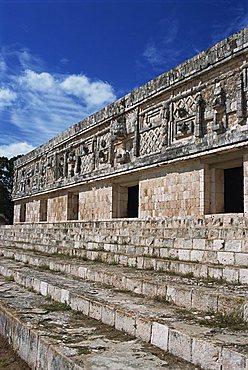
Nunnery Quadrangle at the Mayan site of Uxmal, UNESCO World Heritage Site, Uxmal, Yucatan, Mexico, North America
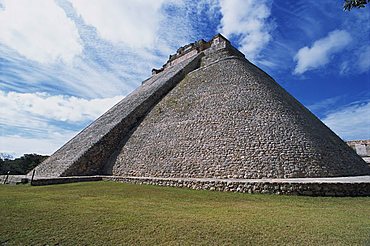
Magicians Pyramid at the Mayan site of Uxmal, UNESCO World Heritage Site, Uxmal, Yucatan, Mexico, North America

Throne of the Jaguar and Governor's Palace at Uxmal, UNESCO World Heritage Site, Yucatan, Mexico, North America
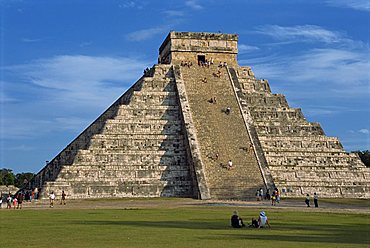
El Castillo, pyramid dedicated to the god Kukulcan, Chichen Itza, UNESCO World Heritage Site, Yucatan, Mexico, North America
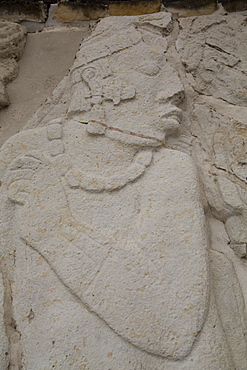
Stucco motifs of Mayan nobles, Palace, Palenque Archaeological Zone, UNESCO World Heritage Site, Chiapas, Mexico, North America
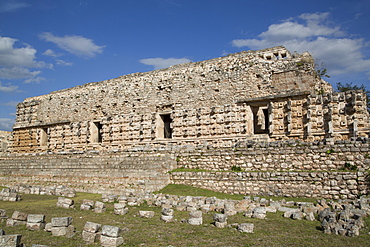
Stone Glyphs in front of the Palace of Masks, Kabah Archaeological Site, Yucatan, Mexico, North America
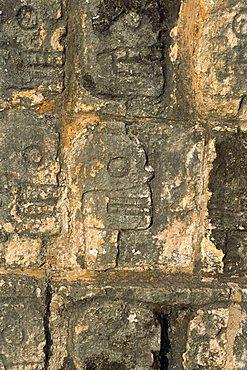
Carvings of skulls on the Tzompantli, Chichen Itza, UNESCO World Heritage Site, Yucatan, Mexico, North America
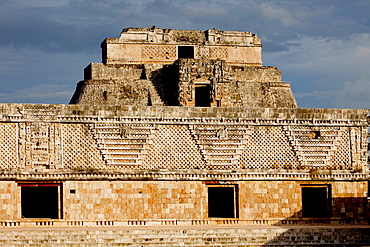
The Nunnery Quadrangle with the Pyramid of the Magician in the background, Uxmal, UNESCO World Heritage Site, Yucatan, Mexico, North America
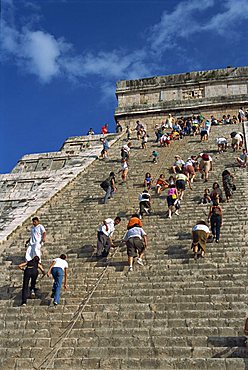
Tourists climbing El Castillo, pyramid dedicated to the god Kukulcan, Chichen Itza, UNESCO World Heritage Site, Yucatan, Mexico, North America
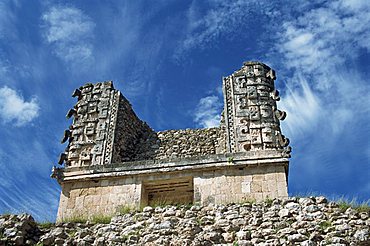
Building near the Magician's Pyramid, Uxmal, UNESCO World Heritage Site, Yucatan, Mexico, North America
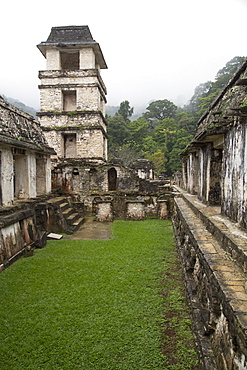
Palace in low hanging fog, Palenque Archaeological Zone, UNESCO World Heritage Site, Chiapas, Mexico, North America
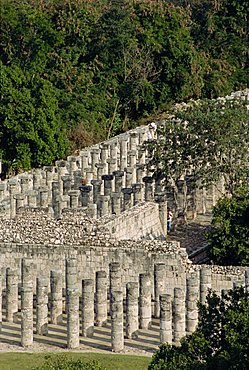
The group of a thousand columns Chichen Itza, UNESCO World Heritage Site, Yucatan, Mexico, North America
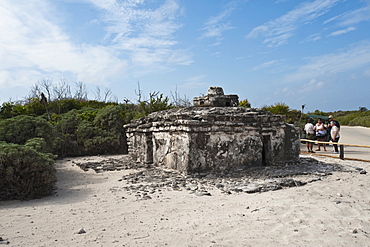
Old Maya ruins, Punta Sur Park, Isla de Cozumel (Cozumel Island), Cozumel, off the Yucatan, Quintana Roo, Mexico, North America
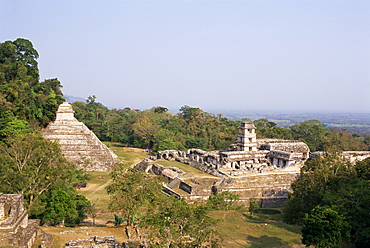
Temple of the Inscriptions and the Palace, Palenque, UNESCO World Heritage Site, Chiapas province, Mexico, North America
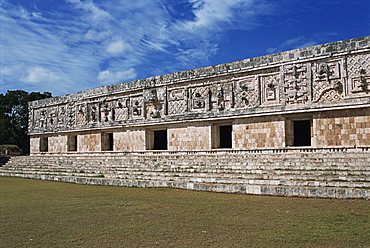
Nunnery Quadrangle at the Mayan site of Uxmal, UNESCO World Heritage Site, Uxmal, Yucatan, Mexico, North America
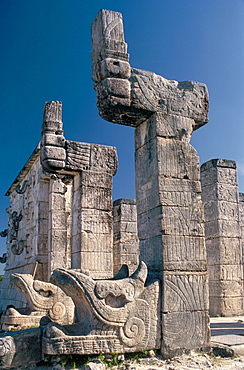
Quetzalcoatl serpent-god, Temple of the Warriors, Maya-Toltec site, Chichen-Itza, UNESCO World Heritage Site, Yucatan, Mexico, North America
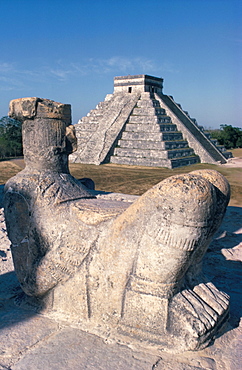
Kukulkan (El Castillo) from Temple of the Warriors, Maya Toltec site, Chichen-Itza, UNESCO World Hertiage Site, Yucatan, Mexico, North America
